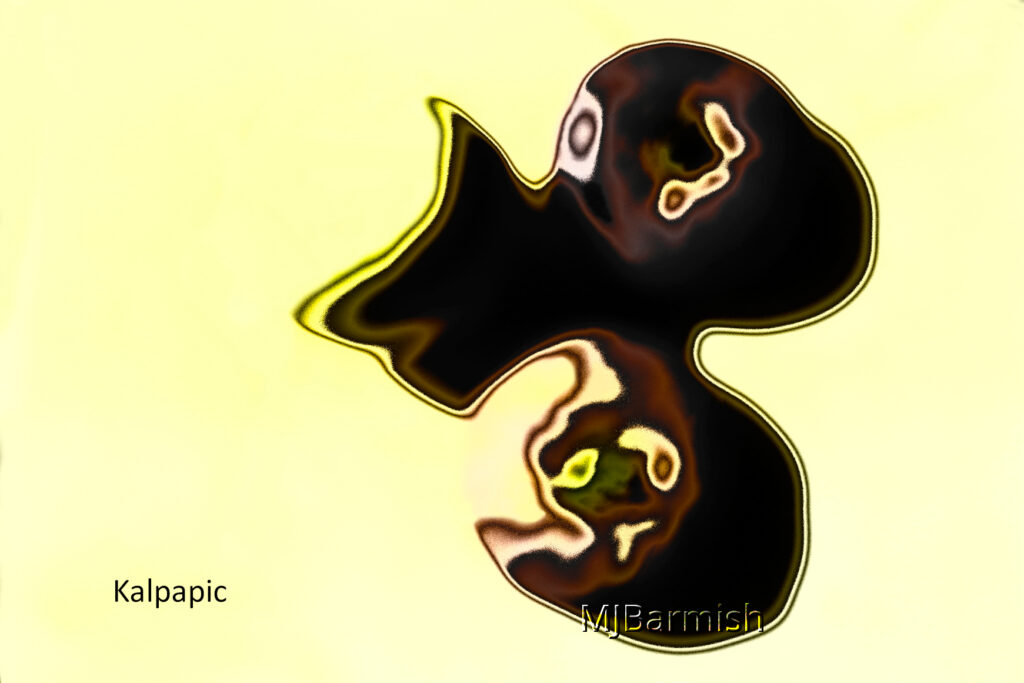Tone Art or Art of Tonal Composition.

Kalpapic, or Kalpa, was created from a photograph (some may guess what it was); I proceeded by applying an original tonal composition, because it is neither a photographed drawing nor a digital drawing, in other words no kind of drawing or painting. The same goes for all the images on this site; each was first a photograph taken in raw with a Canon SLR, then post-processed using the Canon DPP4 converter and the free software The GIMP 2.10. Like many others, certainly, I have discovered that a simple play of chromatic tones, pushed far enough to give what I call a completely original tonal composition (there may be an indefinite number), makes it possible to achieve quite astonishing aesthetic effects; hence the name Tone Art that I gave to my way of doing things.
Of course, subsequently, I supplemented with other modes of transformation, but always retaining this base of personal tonal compositions; instead of applying the transformation tools directly to the original or simply converted raw photograph, as is usually done, I apply them to the image obtained after implementing a singular tonal composition before any conversion ( I have already put together a small catalog of such compositions); so that I work on a raw image that is already very personalized in the play of colors and contrast and in their effects on the shapes of the objects, thus leading quite quickly to real metamorphoses. Because an important point to emphasize concerns the changes not only of chromatic tones, but also of shapes brought about in certain circumstances by the modifications of chromatic tones themselves.There is a significant random factor here, because no one can anticipate all of the formal changes caused by more or less extravagant tonal combinations. I think for example of the Battle Horse: I had applied my “yellow sky” composition to a landscape photo with a view to an original tonal effect, when in seeking to improve the result an astonishing shape emerged in a unexpected location of the image, where there was almost nothing, at least in appearance; of course I then had to work for a long time on the photo obtained to make it reveal what it contained in its latent state, and above all not let it escape.For Kalpa, it was the same; I tried to make abstractions, like when I lack inspiration, when its form suddenly took shape; this is the moment when you have to know how to interrupt the movement, because by the tilting effect the form disappears as quickly as it was glimpsed, and sometimes it is impossible to find it again as it had captured you; this is a frequent source of frustration in this exercise; obviously, we can always make another image, approaching the one we had glimpsed, but there will always remain the idea of having missed a rare image. I hope that you will take the same pleasure that I had in creating them, by browsing these few works and keeping in mind that there is always a photograph at the origin. I would like to point out that the site, although accessible on all media, was first designed for a computer screen, as a substitute for a possible printed work.
Good visit